
Bayfield, Ontario
Huron County, est. 1,250 residents
Bayfield, Ontario, is the perfect small town for an enjoyable summer getaway. The area is known for its stunning beaches and historic main street, making it a popular tourist destination during the warmer months.
The town was first home to the Anishinaabeg, Haudenosaunee and Neutral peoples that lived in close proximity to each other. The eastern shore of Lake Huron was an important area of settlement for these groups as the land provided seasonal hunting, fishing, maple sugaring, harvesting, and trade.
Bayfield’s Beginnings
Dutch Baron Carel Lodewijk von Tuyll van Serooskerken founded Bayfield in 1832. The Baron purchased over 4,000 acres of land from the Canada Company, including a 388-acre town plot at the mouth of the Bayfield River. Over the next ten years, a plan was put in place for the community, which included clearing forested lots, establishing settlers, building a dam and erecting a saw and grist mill.
Bayfield was named after Great Lakes surveyor and British naval officer Admiral Henry Wolsey Bayfield, who had surveyed the Baron’s parcels of land as a reward for services to the British Crown during the Napoleonic War. Being a family friend, Bayfield recommended the area to the Dutch Baron, which was eventually named in his honour.
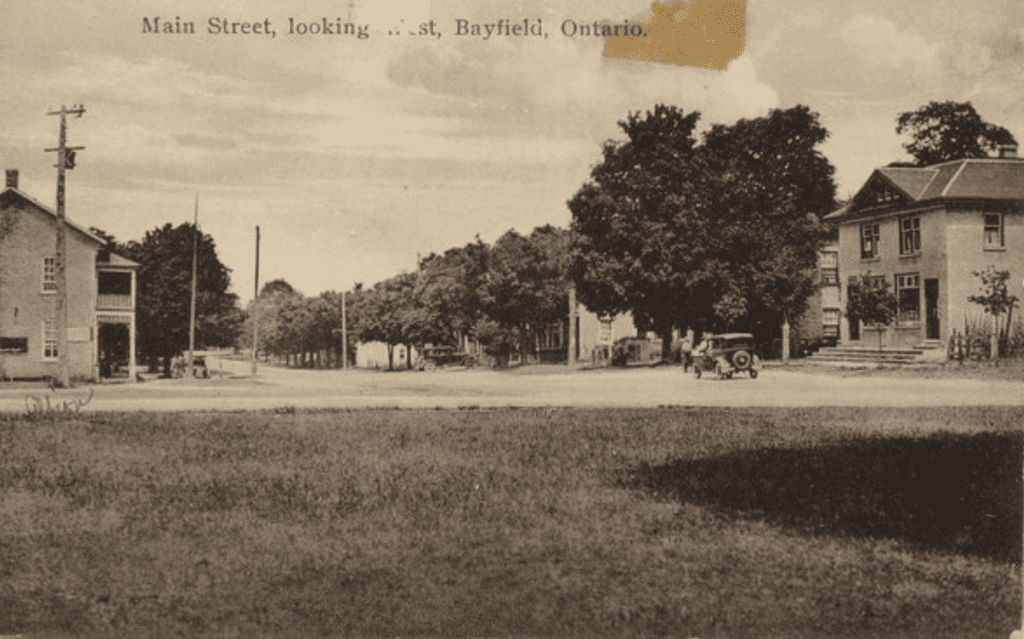
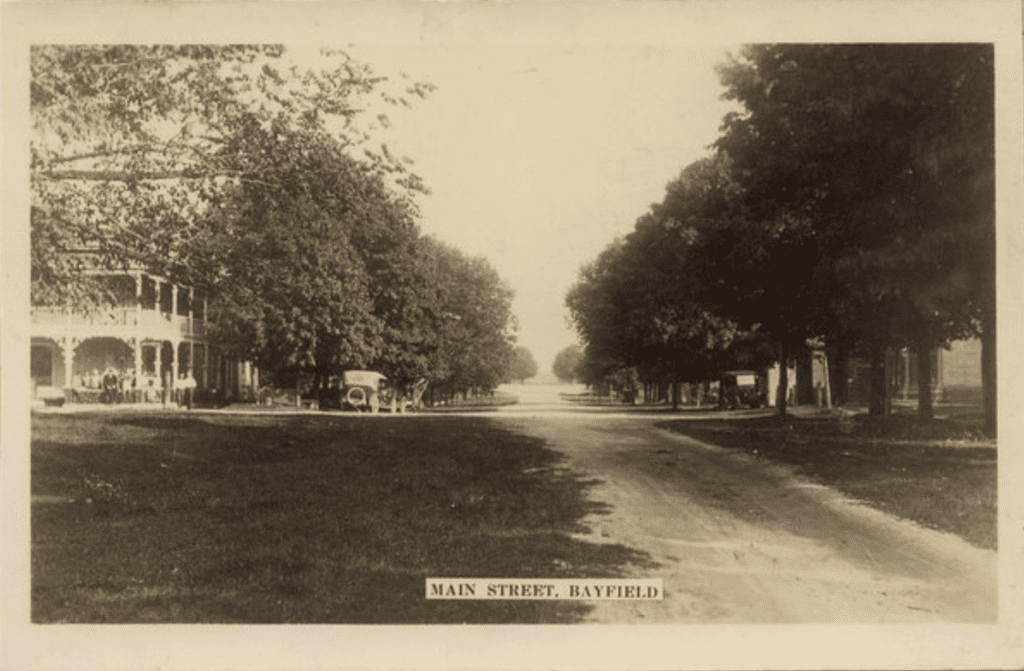
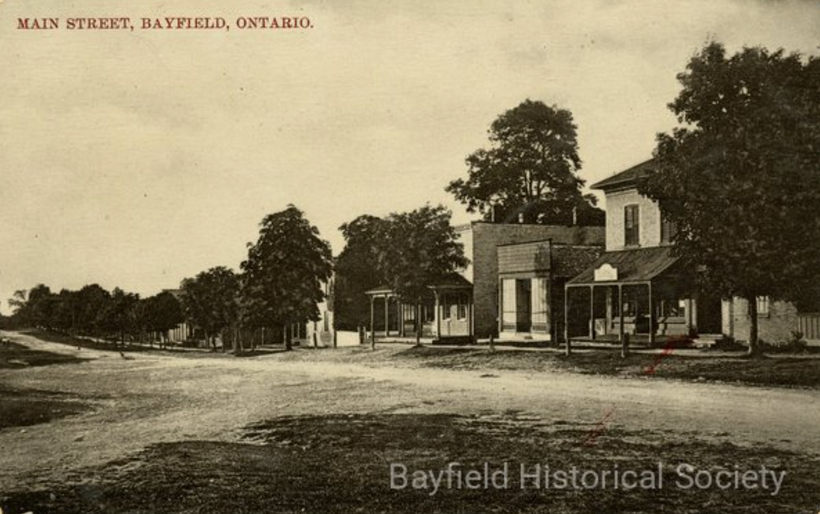
Despite starting out as a small community, by 1869, Bayfield had become a popular port and trading route. The settlement was a port of entry with many vessels stopping in Bayfield on their way from Detroit to Goderich. The addition of a harbour allowed the community to flourish while keeping much of its quiet, small-town charm.
How a Harbour Shaped a Town’s History
Being located on the shores of Lake Huron, Bayfield was largely known as a popular shipping and fishing destination. Even today, the Bayfield Harbour remains an impressive sight, with a number of boats of all shapes and sizes littering the area.
Situated at the mouth of the Bayfield River, many boaters have been provided with the ideal inlet on the Huron coast over the past 175 years. Once farms started popping up inland, they needed an efficient mode of transportation to send their crops to other locations. Nearby railways and roads would eventually offer more effective land-based transportation, but before then, shipping by boat was the best option.
In 1874, $36,000 was spent to improve Bayfield Harbour, a popular grain port at the time. Despite difficulty getting grain down the steep hills to the harbour, boats were filled, and the crop was shipped to Kingston and other areas. These upgrades allowed for the grain weighed at “Clan Gregor Square” to be stored in an elevator on the river shore and later ferried by barge to the ships waiting offshore.
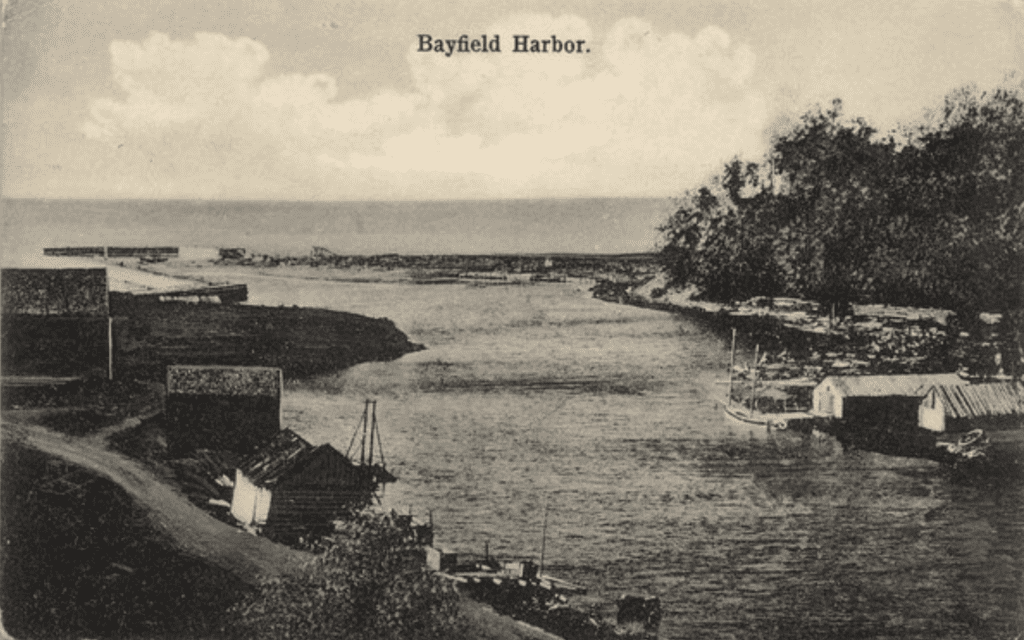
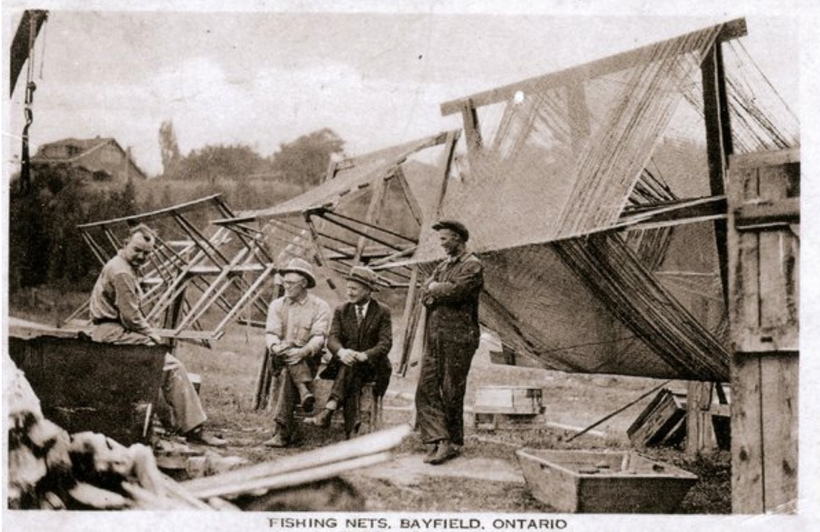
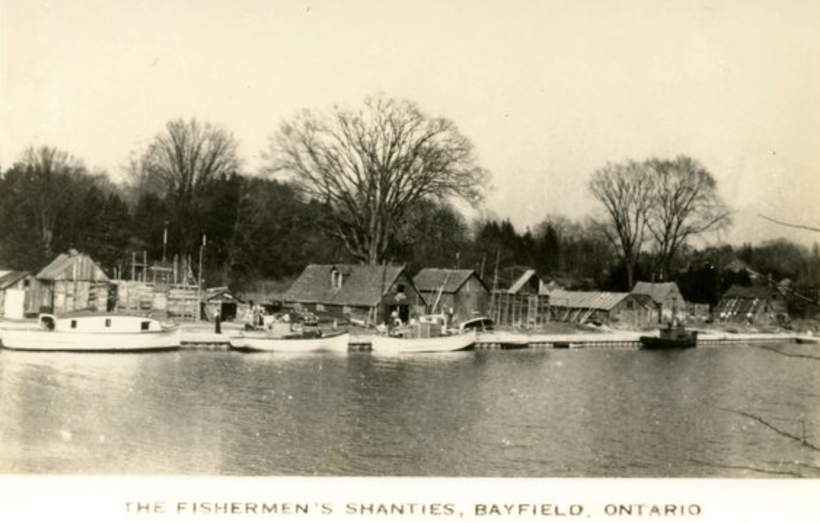
An additional $10,000 was also used to upgrade the harbour because townspeople wanted the project to be completed safely since many schooners continued to miss the harbour entrance during rough weather, ending up shipwrecked on the beach.
By 1876, Bayfield became incorporated as a village with a population of 846. The settlement grew to have multiple mills, a wagon and plough-making shop, two blacksmiths, a distiller, a brickyard and two tanneries. Despite a decent period of growth for Bayfield, having a railway built away from the area forced a decline in population. Shipping started moving further north as the Canadian Pacific Railway opened a railway line in the Goderich Harbour in 1907, becoming the terminus of the Guelph & Goderich Railroad.
Fishing has since continued to be an integral part of Bayfield’s local economy. Whitefish, perch and pickerel from Bayfield have had a steady market in Toronto, New York and Chicago.
Bayfield Today
The Bayfield Historical Society was established in 1976. The Archives and Heritage Centre is located in a historic building that was constructed in 1893 and originally served as the Erwin brothers’ furniture store. The building was moved across the street when its purpose shifted to the village library.
While the building may seem small from the outside, on the inside, local volunteers have done a remarkable job curating a collection of local history and artifacts. It’s a must-stop if you’re looking to learn a bit more about the history of Bayfield.
The Pink Flamingo Bakery and Boutique was opened in 2013 and taken over by Sharon Thompson in 2015. The building was originally constructed in 1901 by James Fowlie as a store and ice cream parlour before serving as the public library from 1922 to 1948. The Pink Flamingo has a number of delectable baked treats, including cupcakes, cookies, squares and more, along with tasty beverages like their signature pink lemonade to wash them down with.
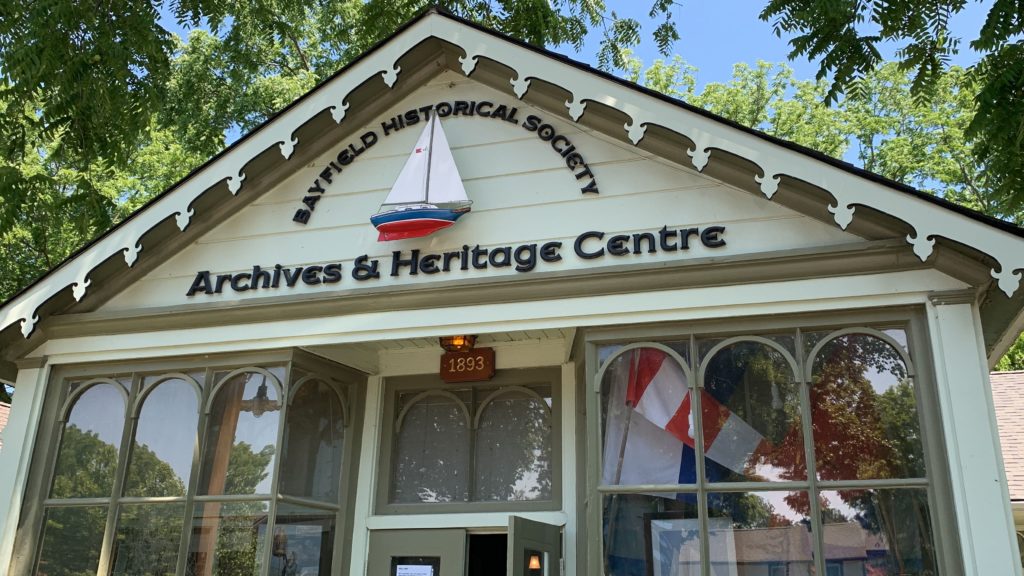
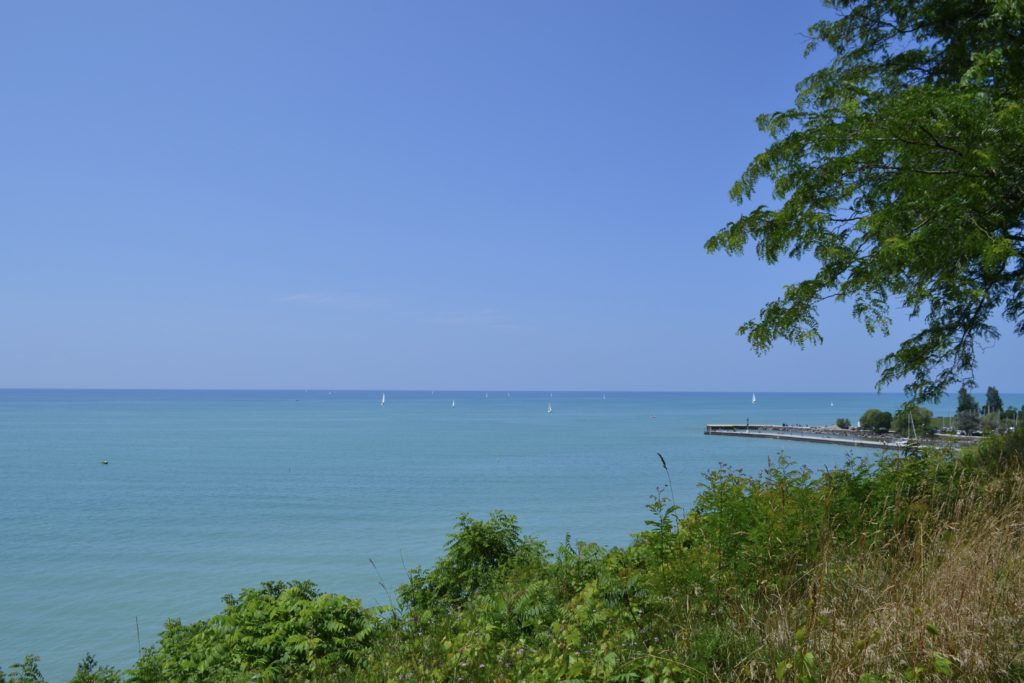
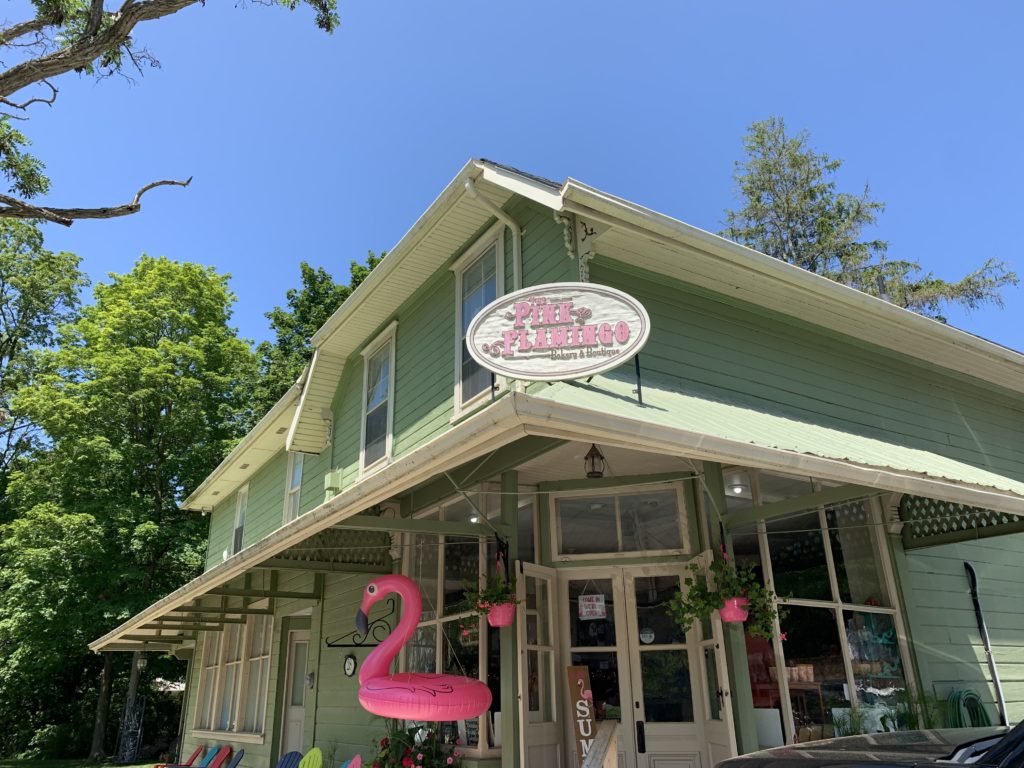
Enjoying Bayfield’s Pier Beach is an excellent way to spend a sunny afternoon. The Blue Flag-certified beach features sandy shorelines and crystal-clear turquoise waters that will leave you in awe. Located next to the Marina, you can also enjoy a calm stroll on the pier overlooking Lake Huron.
The Village Bookshop is an independent bookstore filled to the brim with a number of different titles. Mary Wolfe opened the store in January 2000, and the building moved to its current location — a local blacksmith shop from 1889 — in 2013. After changing hands a few times, a small group of retirees purchased the business in 2020. It’s easy to find a new book in this store, with all the proceeds going towards investing in the community.
Captain Harry’s Bar and Grill was opened in 1977 by Harry MacDonald. The restaurant closed its doors in 2004 before, in 2018, when Joanne Oliver and Brent Hillier took over, opening a small take-out business in Harry’s original storage shack. In 2021, they decided to expand, reopening a version of the original Harry’s in homage to the much-loved venue that existed there. If you’re looking for “blue skies,” great food and an excellent atmosphere, Harry’s is the place to be.
Bayfield is a marvellous village to get lost in. With its heritage focus and quaint small-town charm, this village nestled on the eastern shores of Lake Huron should be a must-see destination for your next summer getaway.
A big thank you to Sharon Thompson from the Pink Flamingo Bakery, Nonie Brennan from the Village Bookshop and Joanne Oliver and Brent Hillier from Captain Harry’s for providing me with more information about their businesses, as well as the Bayfield Historical Society Archives and Heritage Centre for more information about Bayfield.



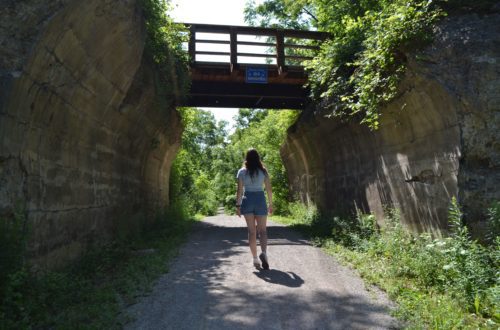
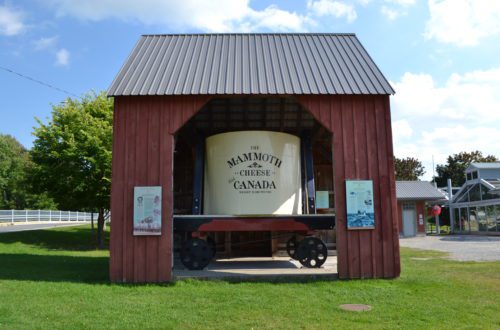
2 Comments
Diane Chase
Shandi
You have done a remarkable job with the history you have put together on Bayfield your knowledge and love for what you do is remarkable I very much enjoyed reading more on how this small town was established.
I am new to this small town and love it
Thank you for writing this
Diane
smalltowncanada
Diane, thank you so very much for your kind words! This put the biggest smile on my face. I’m so glad you could learn more about the town you now call home! I’ll have an article and video coming out about nearby Blyth at the end of August if you’re interested. Thank you again for reading!